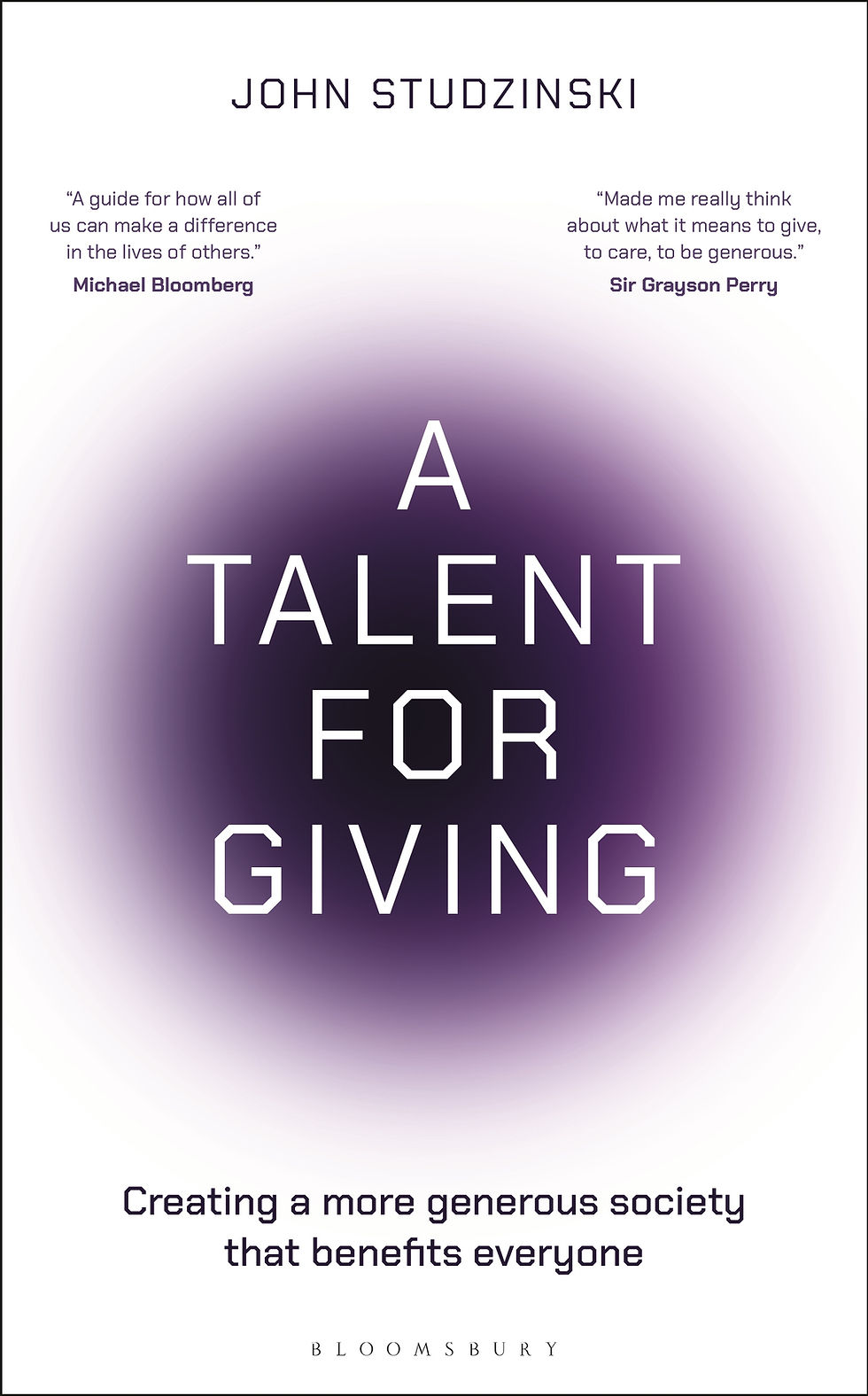Drawing on extensive research over more than two decades, this book focuses on toys and games as resources for play. It analyses their functionalities as well as their symbolic meaning potentials, exemplifying how they are used in different contexts, such as home and preschool, and how these uses are regulated by parental, pedagogic and marketing discourses.
Building on the work of semioticians such as Barthes, Baudrillard and Krampen, as well as on the social semiotics of Halliday, Hodge, Kress, and others, the book introduces a framework for the multimodal semiotic analysis of physical objects, and the ways in which they are digitally translated into words, images and sounds. It also introduces a multimodal framework with a focus on designs for and in learning. It then applies these frameworks to a range of toys and games for young children including teddy bears, dolls, construction toys, war toys and digital games. Throughout it shows how the toy and games industry contributes to changing the nature of childhood and the way children learn about the world.
Accessibly written, the book will not only be relevant to students and scholars of multimodality and semiotics, but also to early childhood educators and parents of young children.
The Semiotics of Toys and Games
Theo van Leeuwen and Staffan Selander
Combining social semiotics with a design-oriented perspective on learning, this book shows how toys and games transform how children learn to understand and act in the world.Rights Sold
All rights available
Chinese Simplified rights represented by CA-Link Agency
Book Details
Imprint: Bloomsbury Academic
Publication Date: 14-11-2024
Format: Hardback | 234 x 156mm | 236 pagesAbout the Authors
Theo van Leeuwen is Professor of Language and Communication at the University of Southern Denmark, Denmark.
Staffan Selander is Professor Emeritus in Education/Didactic Science at the Department of Computer and Systems Sciences, Stockholm University, Sweden.
Material Available

















